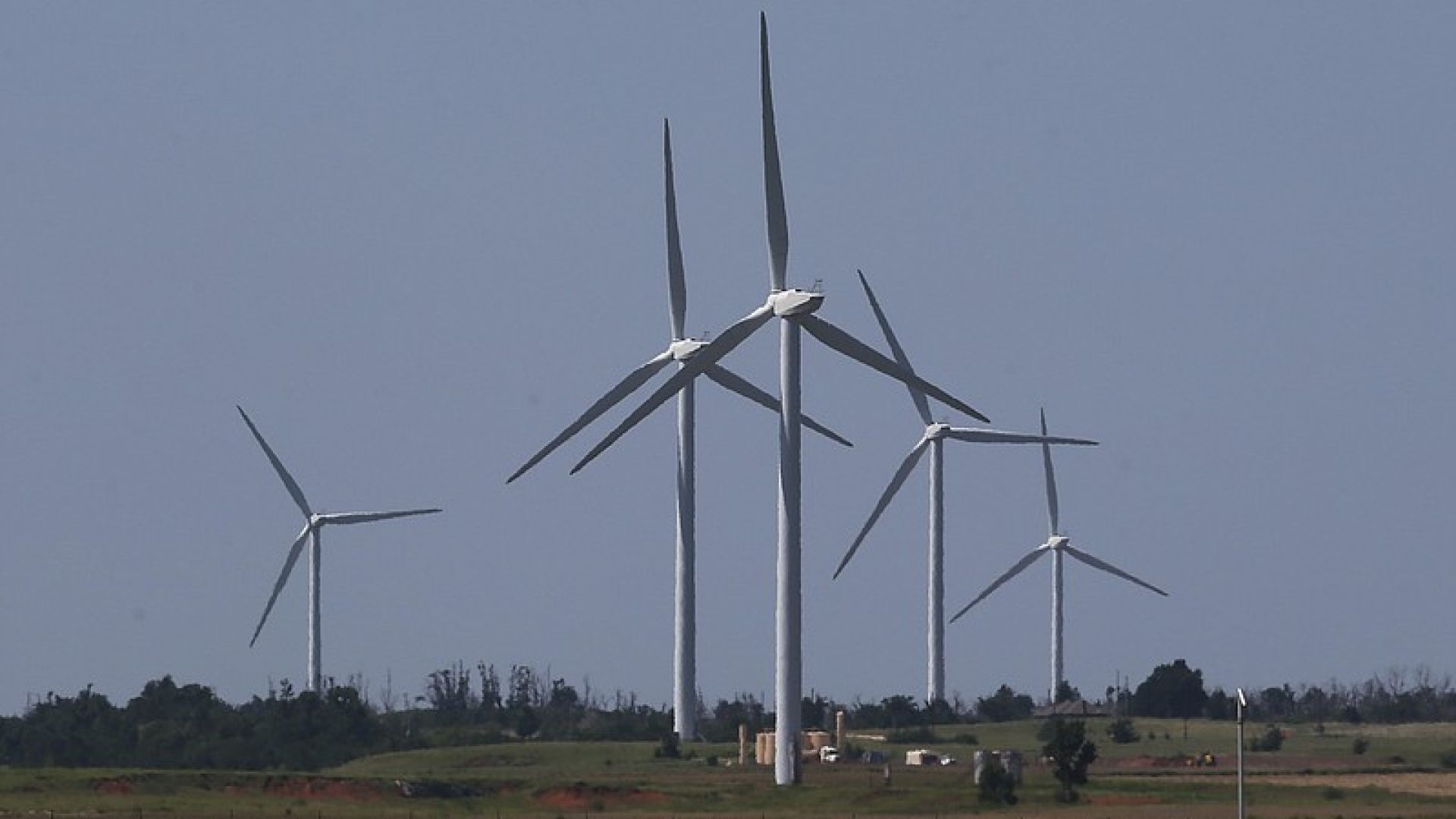Heatmap News reports that development of new wind and solar power plants is now heavily restricted or outright banned in about one in five counties across the country.
One by one, the news organization reported, renewable energy projects are getting blocked or killed by what they called a “regulatory seachange” that has reshaped how local governments consider and approve energy projects. Subsequently, these laws are effective at slowing the energy transition while simultaneously raising costs for utility ratepayers, their research found.
We’re seeing similar trends across states in the Southeast.
Wind moratoriums began popping up in Arkansas in December 2024 with Madison County becoming the first to pass a one-year moratorium on wind farms. However, following the closing of the Arkansas Legislative Session this spring - and the passage of the Arkansas Wind Development Act - Boone and Carroll counties both passed moratoriums on wind and solar projects, with Crittenden and Newton counties following, bringing the total of in-state moratoriums to five, with additional counties exploring options to enact similar ordinances or moratoriums.
In Mississippi, we saw Senate Bill 2227 introduced, which called for a Legislative committee to study the impact of wind turbine usage in agriculture. Arkansas passed the Wind Energy Development Act that extols the value of wind energy resources, but then levies some of the most stringent regulations on any energy infrastructure in the state to the point of nearly banning wind energy altogether. Louisiana passed HB459, directing the Department of Energy and Natural Resources to develop new siting rules for solar and wind energy.
Now, as wind energy development is accelerating across Arkansas, Louisiana, and Mississippi, billions of dollars in private investment and thousands of megawatts of power sit under evaluation at the county level. Dozens of projects are in active development or early-stage siting—offering rural communities a new source of long-term income, tax revenue, and infrastructure investment.
And it’s not just potential. Projects are already underway. Cordelio Power is building the Crossover Wind Project in eastern Arkansas, while AES’s Delta Wind project in Tunica, Miss., has been operational for over a year. A dozen more utility-scale wind projects are being evaluated across the region, signaling a real shift in the South’s energy landscape.
For counties and parishes, this moment presents an opportunity—but also a challenge: how to fairly regulate wind development in a way that supports economic development and private landowner participation.
The solution? Start with clear, balanced local rules. And the American Clean Power Association’s Model Wind Ordinance is a strong foundation.
Wind projects in the Southeast are driven by private landowners—farmers, ranchers, and timber operators—who voluntarily lease their land in exchange for long-term, inflation-protected revenue. These leases help preserve family land, strengthen rural economies, and create new streams of tax income for schools and roads.
But hastily written or overly restrictive local ordinances can block these opportunities before they get off the ground. That’s especially true in states like Arkansas, Louisiana, and Mississippi, where county and parish governments hold significant land-use authority.
Bans-by-regulation, vague permitting rules, or unworkable setback standards not only undermine local landowner property rights—they discourage private capital from investing at all.
The ACP Model Wind Ordinance gives local governments a tested, sound framework to regulate wind farms fairly, transparently, and effectively—while preserving the freedom of landowners to choose how their land is used.
Key Features of the Model Wind Ordinance
Here’s what makes this ordinance a useful tool for counties and parishes across the tri-state region:
✅ Voluntary Participation Protected
Setbacks from property lines and residences are clearly defined—but can be voluntarily waived by participating landowners, offering flexibility and fairness.
✅ Science-Based Sound and Shadow Flicker Limits
The model ordinance incorporates widely accepted sound modeling and flicker mitigation standards to protect nonparticipating neighbors—without imposing arbitrary restrictions.
✅ FAA-Verified Turbine Height and Lighting
Turbine height is limited based on Federal Aviation Administration determinations, and the ordinance supports use of Aircraft Detection Lighting Systems (ADLS) to reduce nighttime light pollution where appropriate.
✅ Responsible Decommissioning
The ordinance includes a phased financial assurance structure to ensure turbines are safely removed or repowered at the end of their useful life—protecting both landowners and local governments.
✅ Clear, Predictable Permitting
With defined timelines (typically 120 days), application checklists, and requirements for public hearings, the model helps streamline permitting while maintaining public input.
It’s Time to Act
SREA Executive Director Simon Mahan said in a recent Arkansas Times article that efforts to ban commercial scale wind and solar in Arkansas are serious cause for concern. “If you ban wind and solar for the next five years, and the only thing you can build is gas, you are putting all your eggs into one basket,” Mahan said. “If we need more power in the next five years, we better hope to God we can get a hold of a new gas plant. There is a real risk to the region if we can’t get enough power, a real risk of brownouts and blackouts.”
County/parish officials across Arkansas, Louisiana, and Mississippi don’t need to wait until a wind developer knocks on the courthouse door. Now is the time to prepare by adopting smart, locally tailored rules that allow landowners to participate while providing clear protections for neighbors and public interests.
By using the ACP Model Wind Ordinance as a guide, local officials can:
- Avoid legal uncertainty and regulatory overreach
- Support economic development without compromising local control
- Encourage investment by providing a clear path to project approval
With wind power gaining momentum across the tri-state region, counties and parishes have a real opportunity to lead - by adopting thoughtful, balanced policies that respect landowner rights and encourage responsible development.
Clear rules. Local benefits. Voluntary participation. That’s the path forward.





